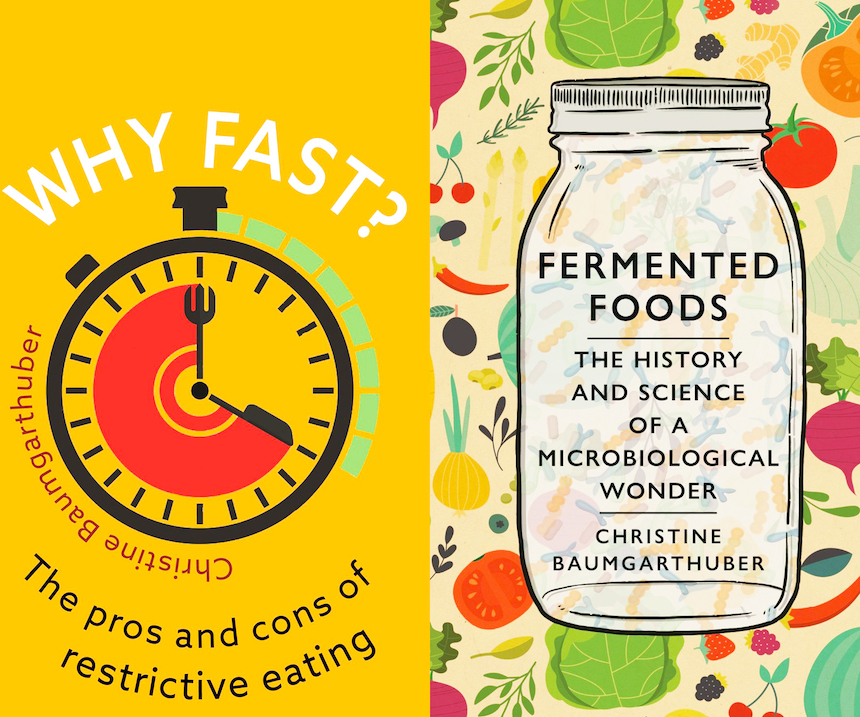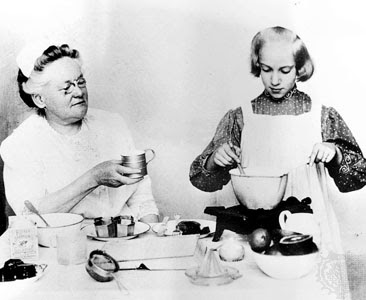
On the first of May 1892, chimney sweeps, their faces blackened with soot, danced down the streets of Cheltenham, playing fiddles and tin-whistles. A large cluster of bright green leaves and twigs fastened to a wooden framework followed. This strange manmade bush, out of which peeked a smiling face, was followed in turn by a large group of laughing, drunken men, each of whom was crowned with a garland of small, bright flowers and dressed in loose-fitting bodices and trousers of flower-patterned calico.
One might wonder what kind of madness struck the town of Cheltenham on that warm spring day in 1892. But it was nothing more than the sweet joy of a May-Day celebration.
Associated with the Celtic feast of Beltane, May Day marks the end of winter in the northern hemisphere. The holiday was cause for raucous celebrations among the peasantry and lower classes, and wild dances of unbridled happiness, usually around a maypole festooned with flowers and wreaths, took place across Europe and the Americas.
Such was the mirth and celebration of May Day that some towns refused to take their maypole down at the holiday’s end: Deep within the Black Forest, in the village of Furtwangen, a maypole stood all the year round, sporting a placard on which was written, “Glück und Segen dem neuen Wirth” (a wish for happiness and peace). A long string of red poppies wound around the proudly defiant pole, and wine bottles and beer glasses were affixed to its cross-tree.

The meals served on May Day were simple affairs — thick slices of bread covered in butter and honey, creamy custards and jugs of beer. But before preparations for the May-Day feast could start, the leftovers of May-eve dinner had to be buried in the garden lest, according to British superstition, fairies and other evil sprites rendered them fatal with their magic on Walpurgisnacht.
Here’s recipe for Scottish bannocks, a traditional May-Day food, from Rampant Scotland. They were usually marked with a cross after baking as protection against evil spirits. Serve the bannocks with butter and honey — and if you serve them on the eve of May Day, don’t forget to bury them in your garden the next morning.
May-Day Bannocks
4 ounces (125 grams) oatmeal
2 teaspoons fat, melted (use bacon fat, if available)
2 pinches baking powder
Pinch of salt
3/4 teaspoon (or more) hot water
Additional oatmeal for kneading
Mix the oatmeal, salt and bicarbonate and pour in the melted fat into the centre of the mixture. Stir well, using a porridge stick if you have one and add enough water to make into a stiff paste. Cover a surface in oatmeal and turn the mixture onto this. Work quickly as the paste is difficult to work if it cools. Divide into two and roll one half into a ball and knead with hands covered in oatmeal to stop it sticking. Roll out to around quarter inch thick. Put a plate which is slightly smaller than the size of your pan over the flattened mixture and cut round to leave a circular oatcake. Cut into quarters (also called farls) and place in a heated pan which has been lightly greased. Cook for about 3 minutes until the edges curl slightly, turn, and cook the other side. Get ready with another oatcake while the first is being cooked.
An alternative method of cooking is to bake them in an oven at Gas5/375F/190C for about 30 minutes or until brown at the edges. The quantities above will be enough for two bannocks about the size of a dessert plate. If you want more, do them in batches rather than making larger quantities of mixture. Store in a tin and reheat in a moderate oven when required.

Would you rather receive The Austerity Kitchen by email? Then sign up for my Substack.
And, if you’d like to help the Kitchen keep cookin’, please consider picking up copies of my books, Why Fast? and Fermented Foods.


